Blog
Premier League Head Injury Rules Explained as Arne Slot Fumes Over Bryan Mbeumo Goal
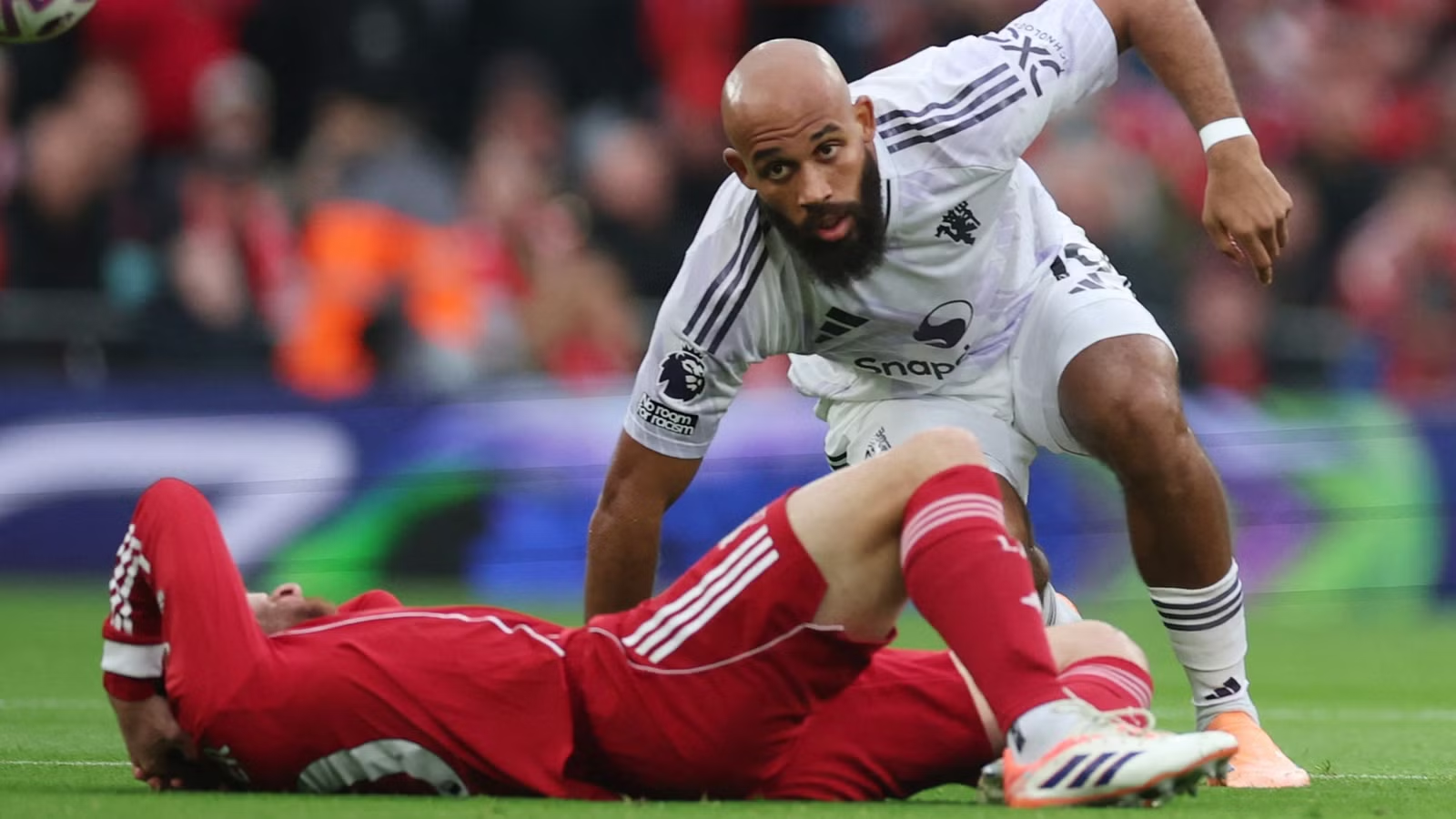
Liverpool’s match against Manchester United at Anfield on Sunday is the Premier League weekend’s main event.
With England’s two most successful clubs and the two bitter rivals facing off against each other, the matchup between the two teams is one of the most important on the Premier League schedule.
Bryan Mbeumo gave United an unexpected lead after only one minute at Anfield, and the rivalry’s first reincarnation this season got off to an incredible start. Amad Diallo played the Cameroonian in, and with just a minute remaining, he shot past Giorgi Mamardashvili in the Liverpool goal.
However, that does not fully explain the blazingly fast start.
Mbeumo attempted a header in the middle of the park with Virgil van Dijk and Alexis Mac Allister of Liverpool in the build-up to the goal. Despite Mac Allister suffering a head injury, United managed to gain possession.
United then scored, and the Anfield audience was stunned when Diallo found the forward-rushing Mbeumo to fire home.
Both Arne Slot and his Liverpool teammates were displeased on the touchline, and some of them questioned referee Michael Oliver about why he did not halt the match due to a head injury.
After undergoing extensive treatment on the field, Mac Allister was eventually issued a skull cap-like piece of headgear to wear for the remainder of the half. But everyone who supported Liverpool was furious because the goal stood.
The guidelines
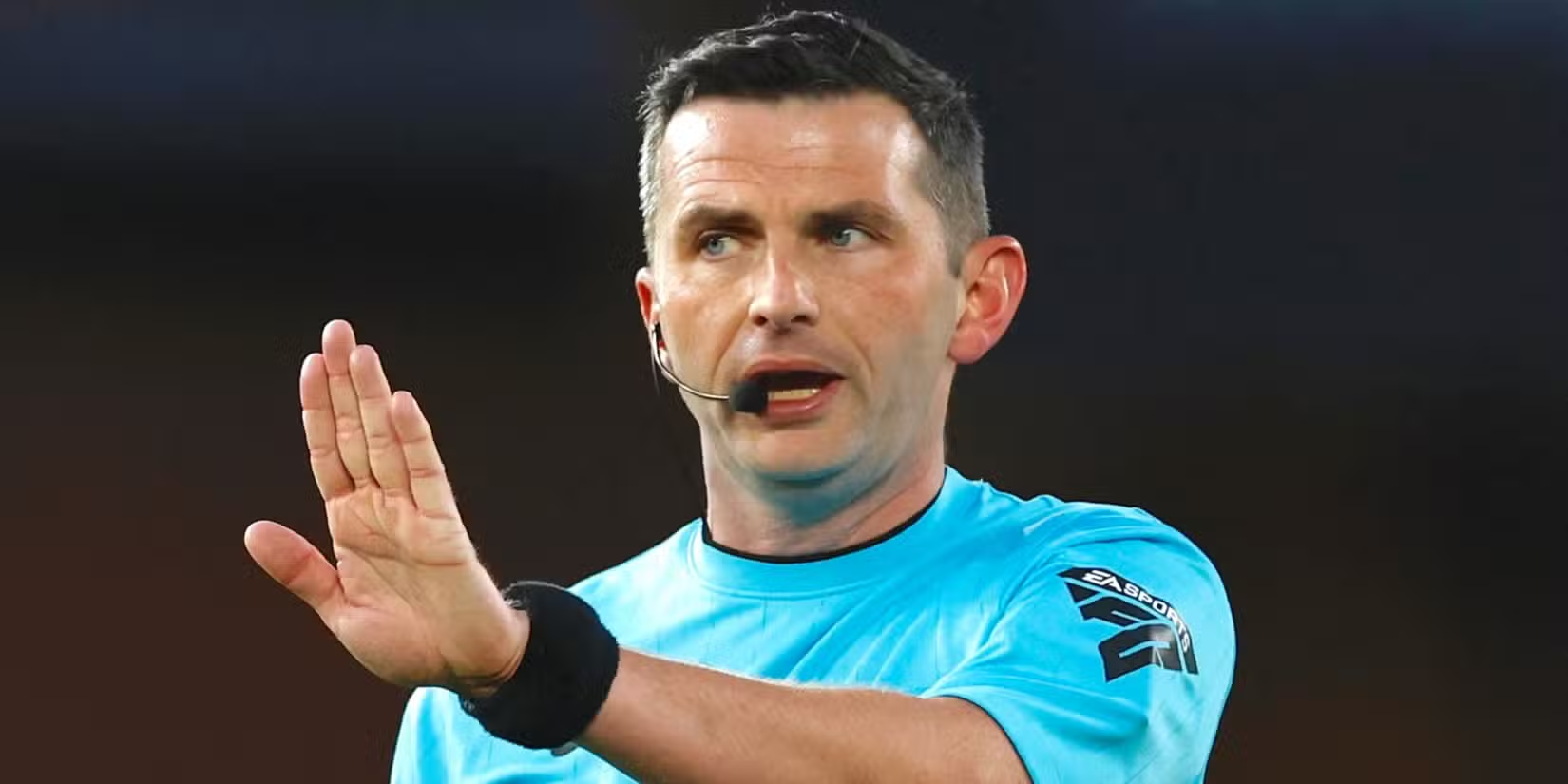
There are no set rules for stopping a match when there is a head injury, although it is standard procedure for a Premier League referee to do so.
According to an article on the official Premier League website, “In order to enhance player welfare, the referee will promptly indicate for a doctor or physiotherapist to join the pitch when a player suffers a suspected head injury and the game is stopped. After play has resumed, the player must stay on the touchline for at least 30 seconds and exit the field for additional evaluation.
Although it is generally acknowledged that play will be stopped for head injuries, it does not specifically state that the referee must stop the game.
A referee only “stops play if a player is seriously injured and ensures that the player is removed from the field of play” in the event of an injury, according to the International Football Association Board (IFAB), which upholds the game’s regulations.
Additionally, there is no mechanism for VAR to become engaged. Van Dijk, Mac Allister’s teammate, really made contact with the Argentine’s head, therefore VAR was unable to pronounce a foul.
-

 Arsenal2 years ago
Arsenal2 years agoSad News Arsenal ex player who is goal scorer confirmed dead this morning
-
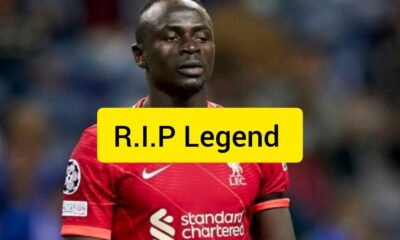
 Liverpool2 years ago
Liverpool2 years agoSad News Sadio Manè Confirmed Dead Today By Sky Sports Reporters, Open For Full Story 👇
-
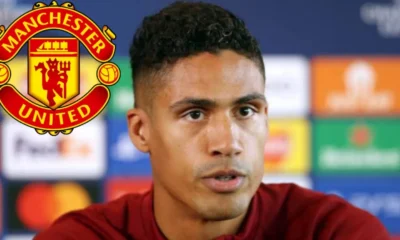
 Blog1 year ago
Blog1 year ago“I was forcefully removed from Manchester United squad and now I’ve joined the best team in the world…I will revenge and as a result, I’ve ordered my friend who’s their best player currently to leave there with immediate effect and he has agreed”: Former Man United player angered by United decision to removed him from the squad as he ordered the Club’s best player to leave immediately.
-

 Blog1 year ago
Blog1 year agoSad News: Manchester United player died when playing for his country England yesterday 😢 😔
-

 Blog2 years ago
Blog2 years agoR.I.P: Formal Real Madrid and France international confirm death this morning
-

 Chelsea2 years ago
Chelsea2 years agoBreaking New:”Roman Abramovich could get Chelsea back”? Chelsea owner review the conversation between him and Roman Abramovich in. Deal about getting Chelsea back
-

 Blog2 years ago
Blog2 years agoUNBELIEVABLE: Manchester City midfielder KELVIN DE BRUYNE divorced wife this morning after DNA test revealed their 5 years old son belongs to formal Manchester United player
-
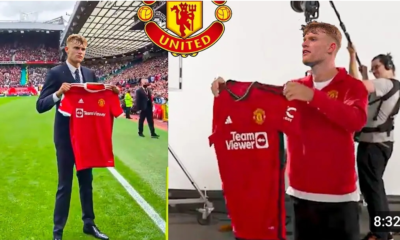
 Manchester United1 year ago
Manchester United1 year agoOFFICIAL NOW: Manchester United announce the signing of 23yr sensational player after beating Liverpool and Madrid for His signature, agreement reached on a 5yr deal, Medical completed – announcement ongoing
